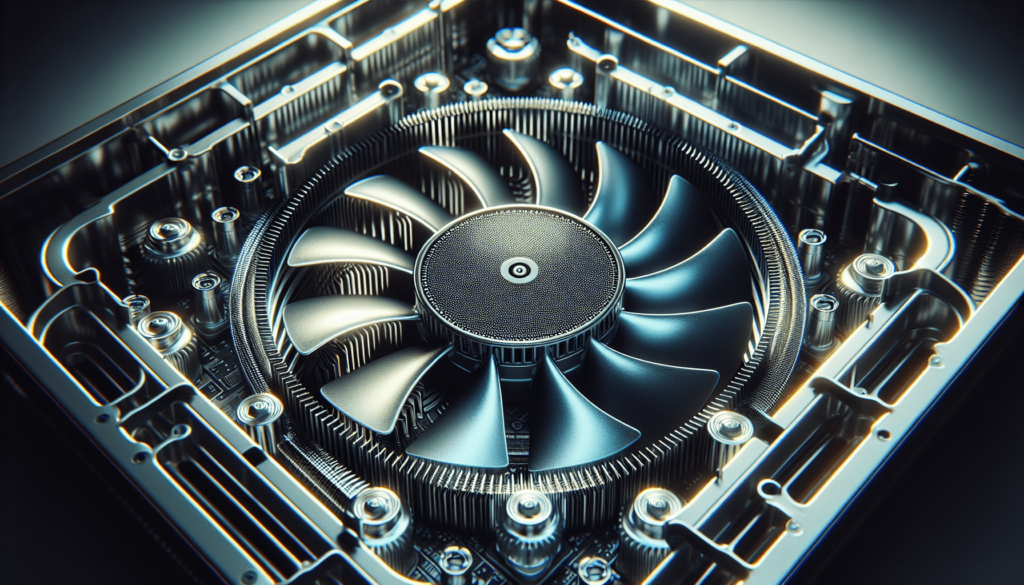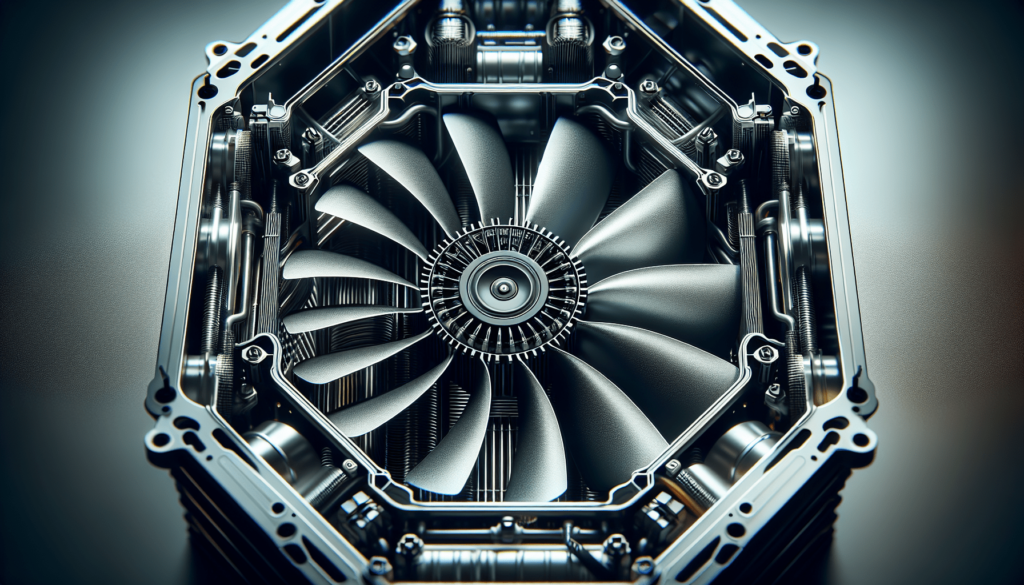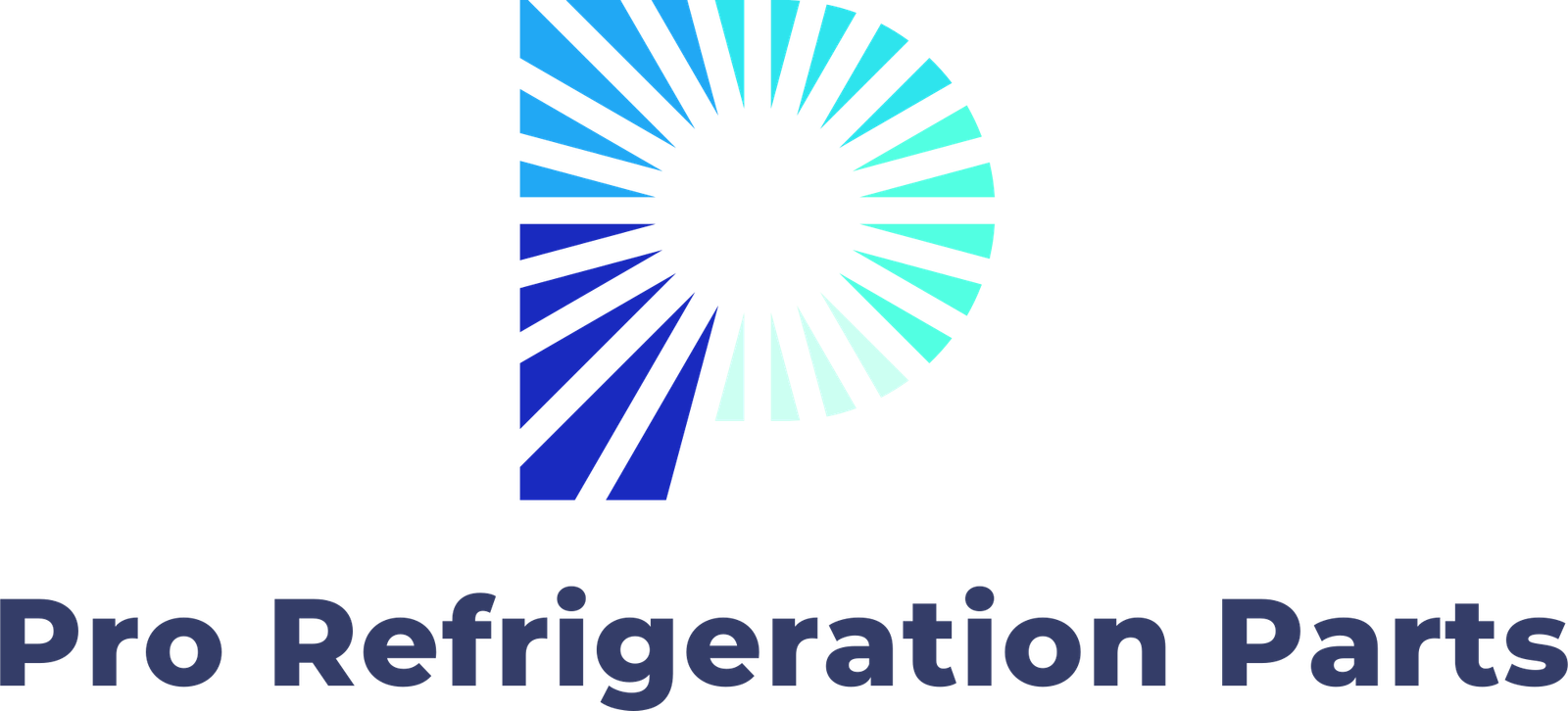True Cooler Parts: Understanding The Importance Of Airflow
Have you ever wondered why proper airflow is crucial for the efficiency of your True cooler? Whether you’re maintaining a commercial kitchen or just want to keep your beverages perfectly chilled, understanding the importance of airflow can make all the difference.

The Role of Airflow in Commercial Coolers
Airflow is essential for keeping your cooler operating effectively. It regulates temperature, maintains product quality, and efficiently utilizes energy. Without proper airflow, you might face issues that could lead to increased operational costs and wasted product.
What is Airflow?
Airflow refers to the movement of air within the cooler. This movement ensures that cool air circulates around all products stored inside, promoting uniform cooling and preventing hot spots. Coolers are designed with specific airflow patterns to optimize performance.
How Does Airflow Affect Temperature Control?
Effective airflow is vital for maintaining the desired temperature throughout the cooler. When air flows freely, the temperature remains consistent, which is critical for food safety and quality. Inadequate airflow can cause temperature fluctuations, which might lead to spoilage.
Components of True Cooler Parts
Understanding the different parts of a True cooler can help you appreciate how each contributes to optimal airflow. Here’s a breakdown of the key components:
| Component | Description |
|---|---|
| Evaporator Coil | This coil absorbs heat from inside the cooler, causing the refrigerant to evaporate and cool the air. Proper airflow ensures the coil operates efficiently. |
| Condenser Coil | Located in the refrigeration system, this coil releases heat outside the cooler. Adequate airflow here prevents overheating and maintains cooling performance. |
| Fan | Fans circulate air within the cooler, ensuring that cool air reaches all products. A malfunctioning fan can disrupt airflow and cause uneven temperatures. |
| Air Ducts | These channels guide the airflow throughout the cooler. Blocked or dirty ducts can significantly hinder air circulation. |
| Filters | Filters trap dust and contaminants to maintain clean air circulation. Regular cleaning or replacement is necessary to prevent airflow issues. |
The Importance of Each Component
Each component plays a specific role in ensuring that cool air circulates effectively. When all parts function harmoniously, your True cooler can run as intended, preserving the quality of your products.
Best Practices for Maintaining Airflow
To ensure that your True cooler remains efficient, follow these maintenance tips:
Regular Cleaning
Cleaning your cooler regularly is essential for maintaining airflow. Dust and debris can accumulate on various components, especially on filters and coils, obstructing airflow. Make sure to set a cleaning schedule that includes:
- Wiping down surfaces: Regularly clean the interior and exterior of the cooler to prevent dust buildup.
- Cleaning the coils: Dust off the evaporator and condenser coils, which can significantly affect cooling performance if neglected.
- Changing or cleaning filters: Depending on the type of filter your cooler uses, make it a habit to check and replace or clean them regularly.
Proper Placement of Products
How you organize items inside the cooler also impacts airflow. Overcrowding can block the movement of air. Follow these tips for optimal product placement:
- Leave space between items: Ensure there is sufficient space for air to flow around products.
- Store similar items together: Grouping similar products can help maintain a consistent temperature throughout the cooler.
- Avoid placing hot items inside: Allow hot foods to cool down to room temperature before placing them in the cooler to prevent raising internal temperatures.
Regular Inspections
Conducting routine checks on your cooler will help you catch any potential airflow issues early. Keep an eye on:
- Fan operation: Make sure that fans are running smoothly and not making unusual noises, which could indicate a problem.
- Air Ducts: Check for any blockages or signs of damage in the ducts.
- Door Seals: Ensure seals are intact to prevent air from escaping, which could disrupt airflow and efficiency.
Signs of Poor Airflow
Recognizing the signs of poor airflow can save you time, money, and loss of product. Here are some indicators that suggest airflow issues:
Temperature Inconsistencies
If you notice that some items are warmer than others, this could indicate airflow problems. Keeping a thermometer inside will help you consistently monitor temperature stability.
Excessive Condensation
Excess moisture inside the cooler may suggest inadequate airflow. Look for water accumulation on shelves or condensation on the cooler’s walls. This could lead to mold growth and other quality issues.
Frequent Cycling of Compressor
If the compressor is constantly turning on and off, it may be struggling to regulate temperature caused by blocked airflow. This issue not only affects cooling efficiency but can also increase energy costs.
Unusual Noises
Pay attention to any strange sounds emanating from your cooler. Grinding, rattling, or excessive fan noise might indicate that components are not functioning as they should, possibly due to airflow obstruction.

Energy Efficiency and Airflow
Maintaining proper airflow is not just about preserving the quality of your products; it also impacts your energy consumption. When your cooler operates efficiently, it draws less power, leading to savings on your utility bills. Here’s how to improve energy efficiency through airflow management:
Optimize Air Circulation
Ensuring that air circulates freely allows your cooler to maintain a consistent temperature without working harder than necessary. Make small adjustments to make airflow more effective, such as repositioning shelves or adjusting how products are placed inside.
Regular Maintenance
Following a routine maintenance schedule will keep your cooler in optimal condition, which in turn lowers energy usage. Since clean parts operate better, take the time to keep everything tidy and functional.
Upgrade Components
If your cooler is older and you notice a drop in efficiency, it might be wise to consider upgrading certain parts. More modern fans or energy-efficient coils can significantly improve airflow and, consequently, energy consumption.
Troubleshooting Common Airflow Issues
Sometimes, no matter how diligent you are, issues may still arise. Here’s how you can troubleshoot common airflow problems in your True cooler:
Diagnosing Fan Problems
If fans aren’t running or operate erratically, it can severely impact airflow. To diagnose fan issues:
- Check electrical connections: Look for any loose wires or unplugged connections.
- Inspect the fan blades: Ensure they’re not damaged or obstructed by debris.
- Listen for unusual sounds: Grinding or rattling might indicate a need for maintenance or replacement.
Evaluating Ducts and Filters
Blocked ducts or dirty filters commonly hinder airflow. Here’s how to address these issues:
- Inspect air ducts for obstructions: Remove any visible blockages and consider vacuuming them out to clear hidden debris.
- Check and clean filters: If filters are dirty, clean or replace them immediately to restore proper airflow.
Addressing Temperature Variations
If you notice temperature differences within your cooler, take these steps:
- Rearrange products: Make sure airflow is not obstructed by items placed too closely.
- Monitor compressor health: If the compressor isn’t operating as it should, consider consulting a technician for repairs.
The Long-Term Benefits of Proper Airflow
Ensuring adequate airflow in your True cooler leads to numerous long-term benefits. These include:
Enhanced Product Quality
When your products are stored at the correct temperature and are evenly cooled, you reduce spoilage and extend shelf life. This not only saves money but also improves customer satisfaction, particularly in the food service industry.
Increased Energy Efficiency
As mentioned before, efficient systems consume less power. Keeping your cooler well-maintained and ensuring optimal airflow can lead to substantial energy savings over time.
Reduced Repair Costs
Preventative maintenance can save you from costly repairs. By sustaining proper airflow, you lessen wear on components and avoid premature breakdowns.
Regulatory Compliance
For restaurants, bars, or food retailers, maintaining the correct temperature is often a matter of compliance with health regulations. Proper airflow helps you meet these standards, ensuring that your business remains compliant with local health codes.
Conclusion
Understanding the importance of airflow in your True cooler is critical for achieving optimal performance. By maintaining clean and effective components, organizing items properly, and regularly monitoring for issues, you can ensure that your cooler operates efficiently, preserves product quality, and saves on energy costs.
As you continue to care for your cooler, remember that attention to these details may lead to both immediate and long-term benefits for your business or home kitchen. So, take a moment today to check your cooler’s airflow!
